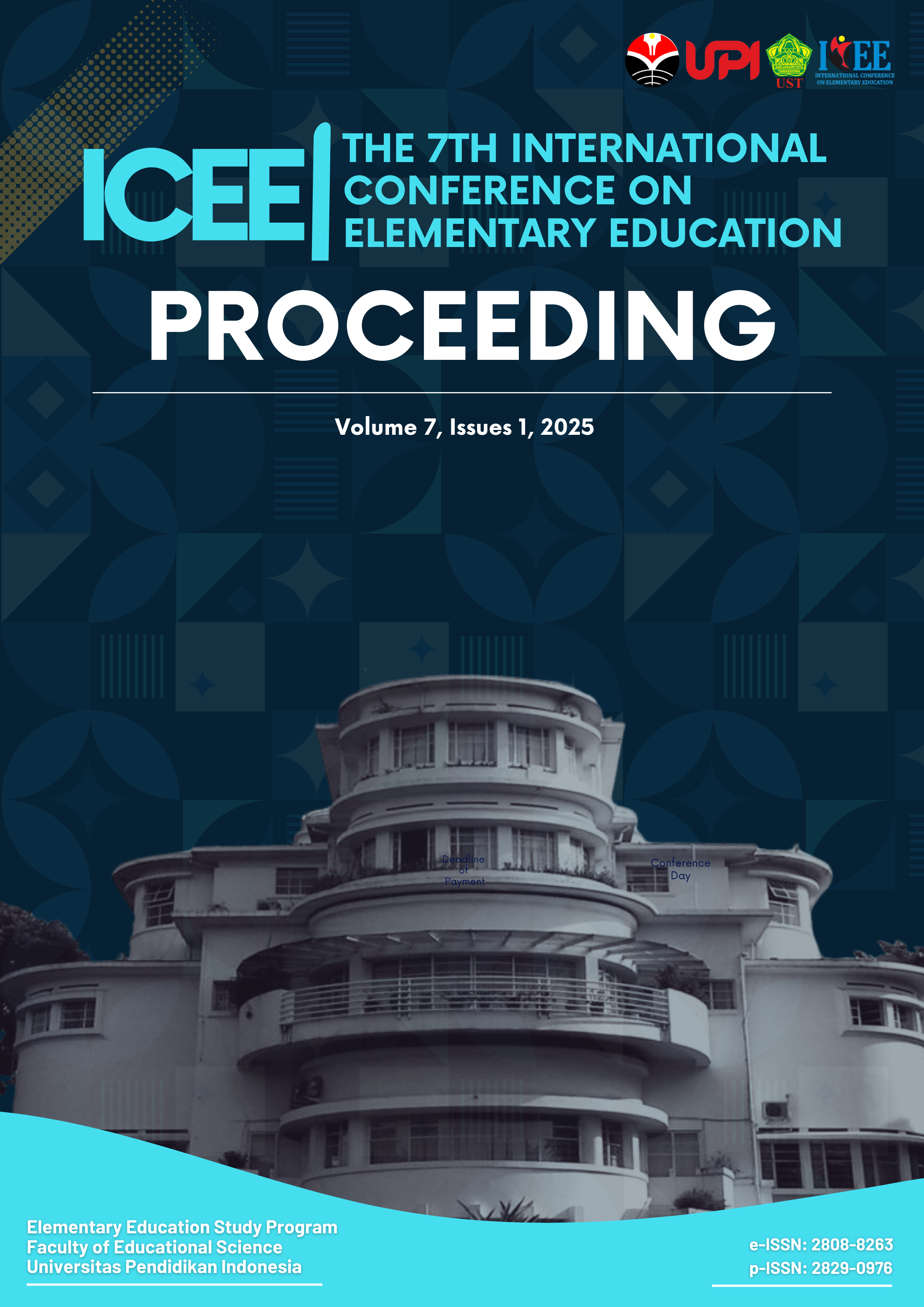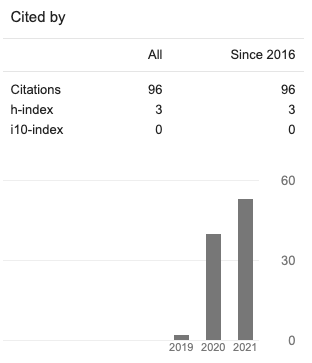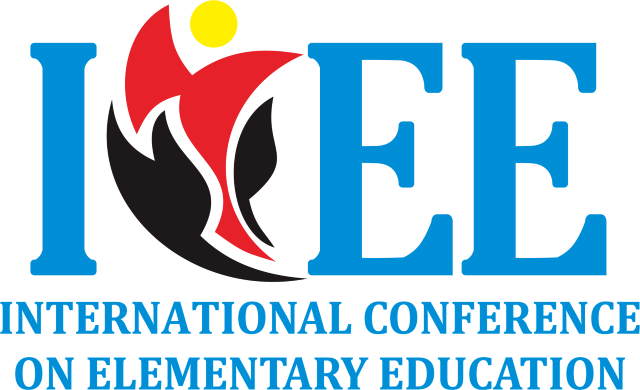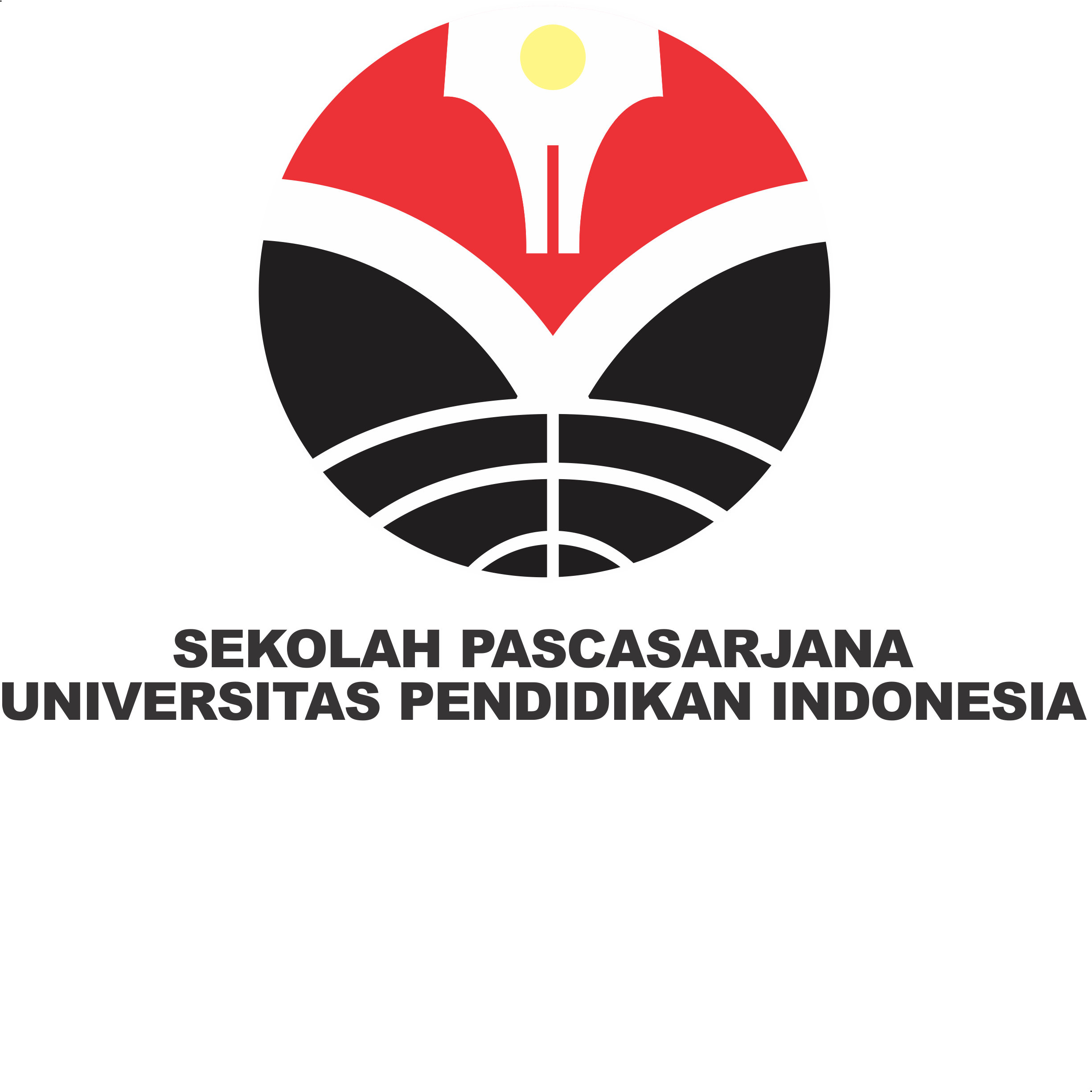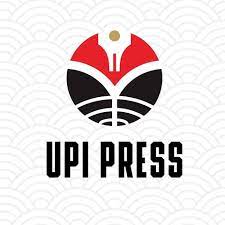Ratio of Dyslexic Student and Special Assistance Teachers in Primary School
Abstract
Dyslexia is a specific learning disorder that can impede normal learning processes. As the birth rate increases, the number of school-aged children with dyslexia is also expected to rise. This trend may be linked to the neurological connections in individuals with dyslexia, suggesting that the condition could be genetically inherited. This research aims to provide concrete evidence regarding the average number of dyslexic students and the availability of Special Assistance Teachers in inclusive primary schools in 2024. It focuses on accurate analysis and thoughtful adaptation for future research design. A quantitative approach was employed using a survey-based research method, where questionnaires
were distributed to 158 principals and teachers from both inclusive and non-inclusive primary schools across Indonesia. Data collection occurred from August 9 to September 13, 2024. The analysis revealed that the average number of dyslexic students per primary school was approximately two. Among the 40 primary schools surveyed, only 11 had special assistant teachers. These existing disparities create an environment that is less conducive to the interventions aimed at supporting dyslexic students. It is crucial for all stakeholders to recognize this issue and take action to implement preventive measures.
Copyright (c) 2025 Rahma Hayati

This work is licensed under a Creative Commons Attribution 4.0 International License.
